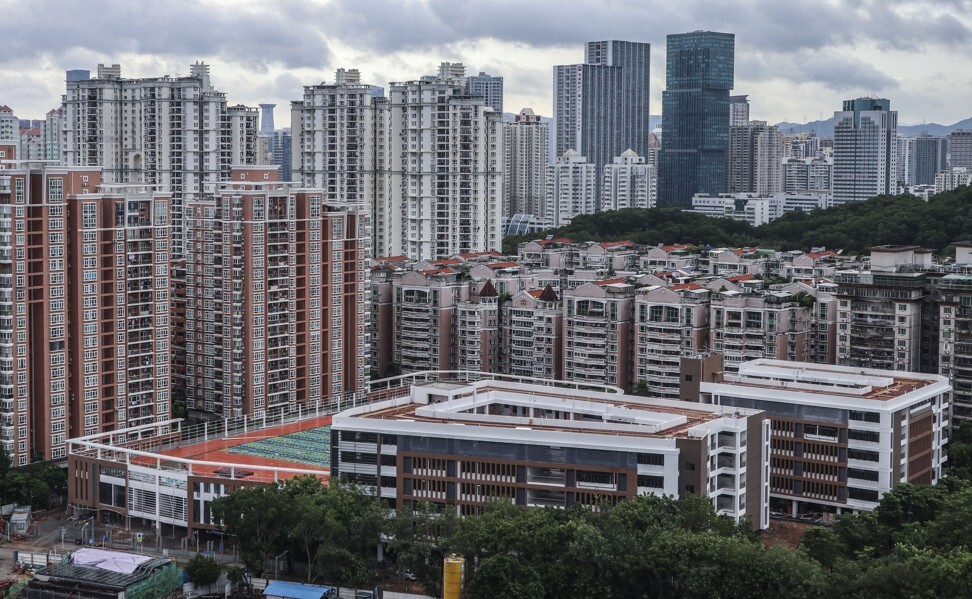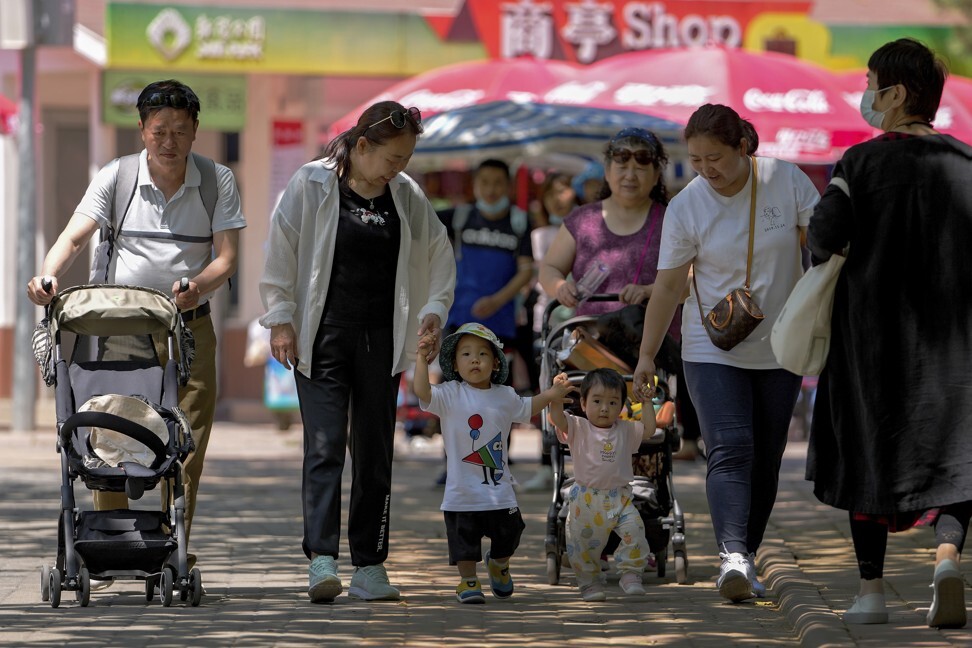
Home prices in China’s school districts go off the boil amid crackdown on elitism to ensure balanced allocation of resources
- A home in Shenzhen’s Futian district sold last week for 98,884 yuan per square metre, 42 per cent less than three months earlier
- Transactions in xuequfang, as school district homes are called, have also dried up in the Zhejiang provincial capital of Hangzhou, agents said
China’s home prices are falling in districts where the most prestigious schools are located, as efforts by local authorities to tamp down the home-buying frenzy in school districts are paying off.
A home in Futian, the seat of Shenzhen’s municipal government and the city’s central business district, sold last week for 98,884 yuan (US$15,250) per square metre, 42 per cent less than a home sold in the same neighbourhood three months earlier. The home, measuring 105 square metres (1,130 square feet), is located on Baihua Road, close to where the elite Shenzhen Futian Baihua Primary School is located.
Three months earlier in May, an apartment measuring 127 square metres in the same neighbourhood changed hands for 22 million yuan, or 173,000 yuan per square metre.
The plunge in prices came hot on the heels of a draft policy issued by the Shenzhen government on August 1, in which it proposed the exchange of teachers between different schools in the city to create a “balanced and better allocation” of education resources. The proposal, which remains on paper, would essentially normalise the standards of teaching, and negate any premium associated with home prices around elite school districts.
“That means the gap in the standards between different schools would narrow, and spots in top-tier schools would be less in demand,” said Yan Yuejin, director of the E-House China Research and Development Institute. “Home prices near such areas would therefore be worth less” than they currently go for, he said.

Xuequfang, as school district homes are called in Chinese, first came about in the early 1990s, as public education institutions with limited resources reserved their intake to children from their neighbourhoods, rejecting students from across town.

“The central government’s determination to crack down on the speculation of xuequfang is unprecedented,” said Li Yujia, senior economist with the Real Estate Assessment and Development Research Centre, a research arm of the city’s government. “The very concept of xuequfang is against the key message of reining in the education costs upheld by the central government.”
The crackdown on xuequfang is among the slew of measures rolled out since late July to alleviate the costs of bringing up children, often cited as the major deterrent by households to do their part to halt China’s population slump.
Anxiety about children’s education has reached such high levels that the central government has taken unprecedented steps this summer to calm parents, from hitting after-school classes to banning schools from publicising students’ grades.

The education ministry vowed to reduce the burden on students both in school and at home, and said on its website that the latter would be the major responsibility of the newly created Off-Campus Education and Training Department in June.
At a Politburo meeting of the Communist Party chaired by President Xi Jinping in late April, school-district homes were mentioned for the first time. It called for offering more affordable homes and public rental homes to “avoid speculation in school-district homes”.
By August, 13 major cities including Beijing, Shanghai, Shenzhen and Hangzhou have said that they would roll out measures to curb price speculation of school-district homes, the teacher exchange scheme in Shenzhen and in cities like Hanghzou and Beijing, a hukou of a subdistrict cannot secure a spot in a primary school in that subdistrict.

Transactions in xuequfang have also dried up in the Zhejiang provincial capital of Hangzhou, home to this newspaper’s owner Alibaba Group Holding and the carmaker Geely Automobile.
“I used to broker 10 deals a month early this year, but only had two deals in July, and not a single one this month,” said Alex Wang, who specialises in selling school-district homes in the city’s Wendingyuan area, an exclusive neighbourhood where elite schools and the provincial university’s Zijingang campus are located.
Sellers are softening their stance and are now open to bargaining, as more buyers adopt a wait-and-see attitude for xuequfang prices to fall from their previous heights, Wang said.
“It was difficult to make appointments with these owners,” but that has all changed, he said. “These homes, particularly the shoddy ones, are not worth much if it were not for the proximity to elite schools,” and the almost guarantee of getting spots in those schools, he said.

